GLASNEVIN CEMETERY 8 MAY 2021
Glasnevin Cemetery is a large cemetery in Glasnevin, Dublin, Ireland which opened in 1832. It holds the graves and memorials of several notable figures, and has a museum. When I visit I usually avoid the newer sections and concentrate on the older and historic areas.
A few weeks ago I used a 105mm lens and many of the photographs were unusable because of camera shake and that surprised me very much as I have always avoided using a tripod and never had problems with camera shake. I could not find any problems with the camera so I was bit concerned ... maybe I was getting old or maybe I am drinking too much wine.
Today I used a 70-200mm lens which I never got the opportunity to use with my Sony A7RIV until today. I needed to establish if camera was going to be in issue going forward and this was the ideal lens. As a result of the session in Glasnevin Cemetery I have decided that camera shake is not really issue but I do need to spend more time getting use to the lens.
The cemetery contains historically notable monuments and the graves of many of Ireland's most prominent national figures. These include the graves of Daniel O'Connell, Charles Stewart Parnell, Michael Collins, Éamon de Valera, Arthur Griffith, Maude Gonne, Kevin Barry, Roger Casement, Constance Markievicz, Pádraig Ó Domhnaill, Seán MacBride, Jeremiah O'Donovan Rossa, James Larkin, Brendan Behan, Christy Brown and Luke Kelly of the Dubliners.
The grave of Michael Collins, the nationalist leader who was killed in the Irish Civil War in 1922, is among the most visited sites in Glasnevin. Around him were buried at least 183 soldiers of the Irish Free State. In 1967 their names were recorded on memorial around Collin's grave.
In 1993 a mass grave at the site of a Magdalene laundry, institutions used to house "fallen women", was discovered after the convent which ran the laundry sold the land to a property developer. The Sisters from the Convent arranged to have the remains cremated and reburied in a mass grave at Glasnevin Cemetery, splitting the cost of the reburial with the developer who had bought the land.
The cemetery also offers a view of the changing style of death monuments in Ireland over the last 200 years: from the austere, simple, high stone erections of the period up until the 1860s, to the elaborate Celtic crosses of the nationalistic revival from the 1860s to the 1960s, to the plain Italian marble of the late 20th century.
In 2009, Glasnevin Trust in co-operation with the Commonwealth War Graves Commission (CWGC) began identifying the graves of Irish service personnel who died while serving in the Commonwealth forces during the two world wars. These names are inscribed on two memorials, rededicated and relocated in 2011 to near the main entrance. A Cross of Sacrifice was erected in the cemetery, in a joint Irish-British commemoration ceremony, to mark the First World War centenary. As of July 2019, there are 215 service personnel of the Commonwealth of both wars identified as buried here.
-
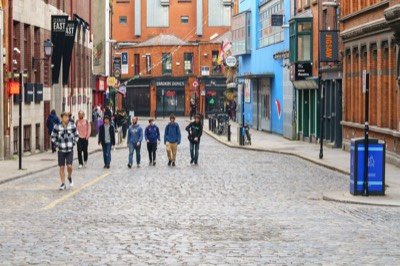
EAST ESSEX STREET
-
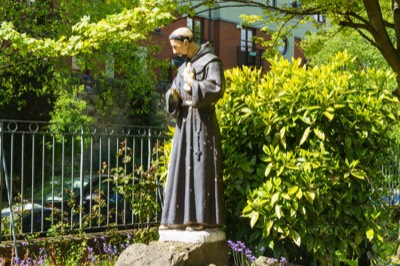
SAINT FRANCIS
-
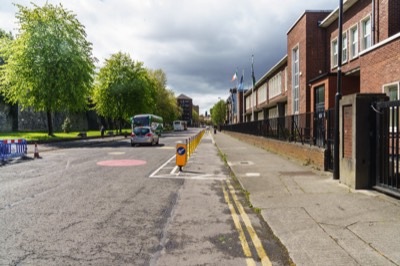
NATIONAL SCHOOL
-
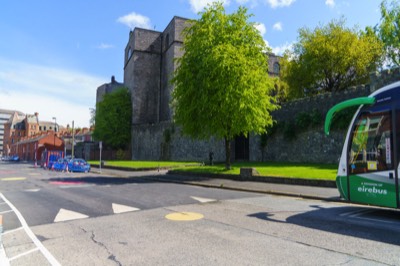
COOK STREET
-
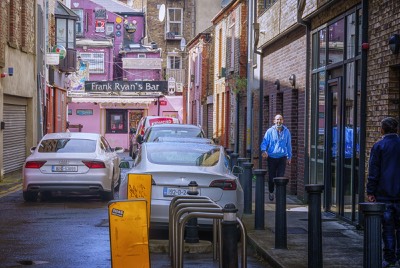
COKE LANE
-
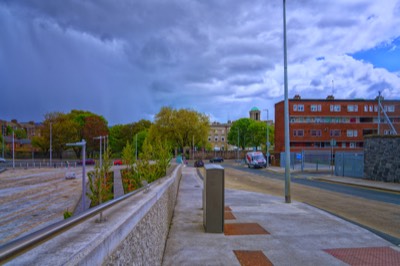
BRENDAN'S WALK
-

HIPSTERS OUT
-
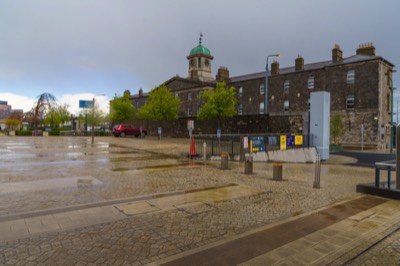
CHANGED WEATHER
-

DRINKING TROUGH
-
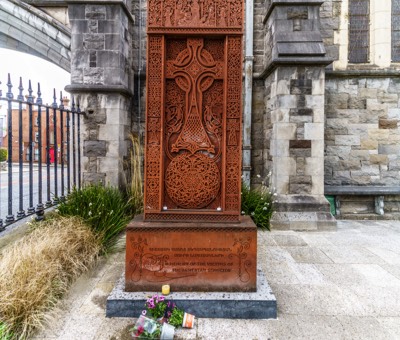
MEMORIAL
-

DARGAN BRIDGE
-
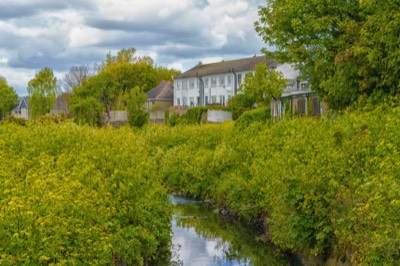
RIVER SLANG
-
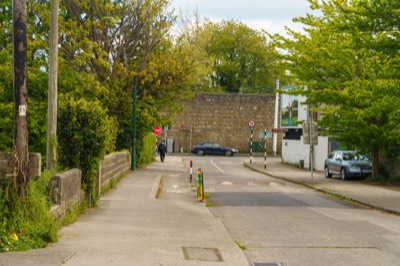
ST COLUMBANUS ROAD
-
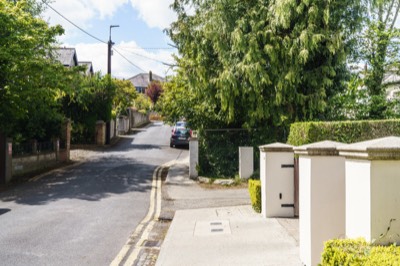
FRANKFORT PARK
-
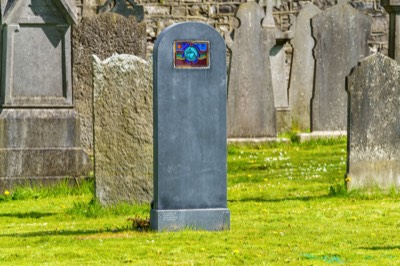
GLASNEVIN CEMETERY
-
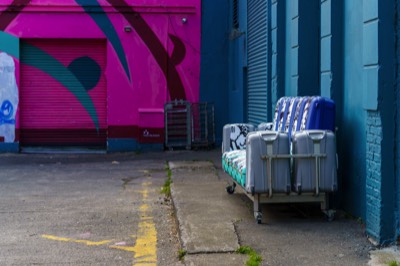
STREET FURNITURE
-
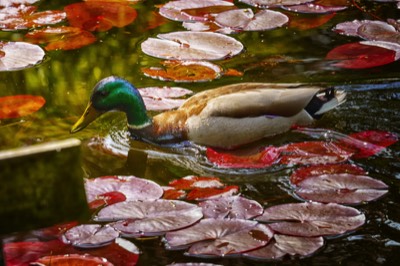
DUCKS
-
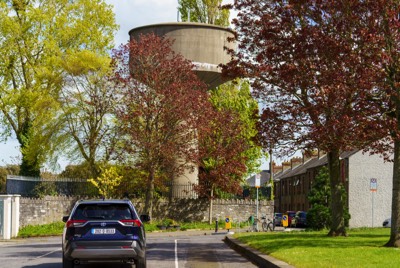
WATER TOWER
-
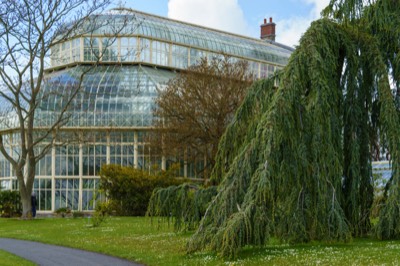
GLASSHOUSES
-
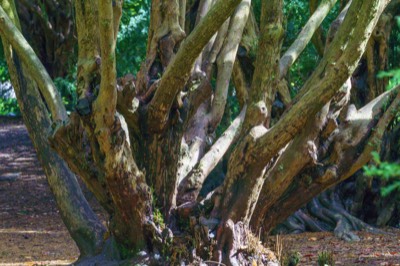
TREE TRUNKS
-
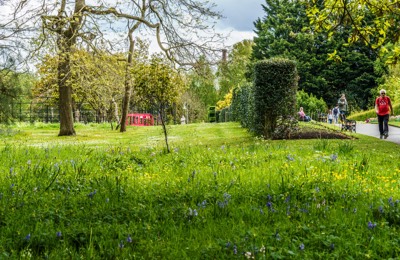
WILD MEADOWS
-
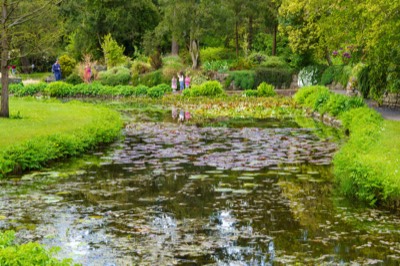
THE POND
-
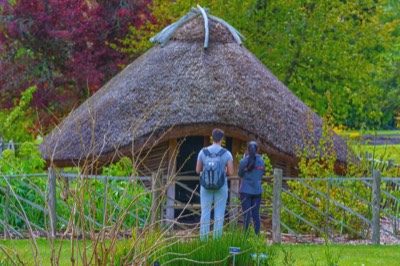
VIKING HOUSE
-
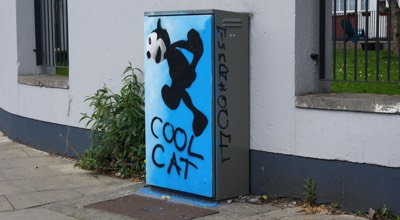
COOL CAT
-

RESTORATION
-
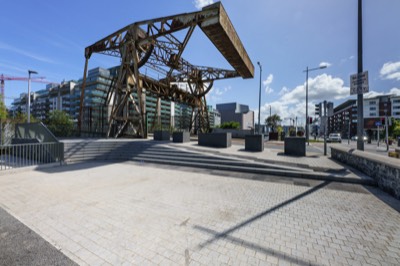
LIFTING BRIDGE
-
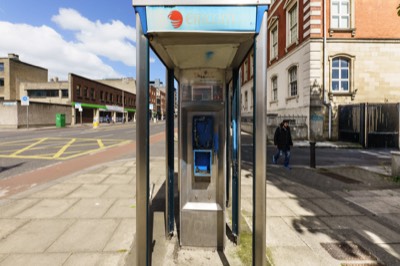
PHONE KIOSK
-
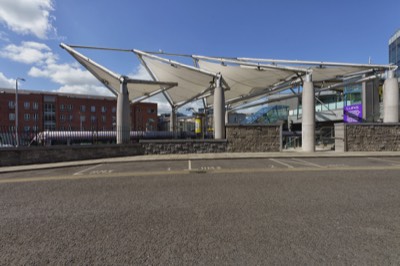
CONNOLLY STOP
-
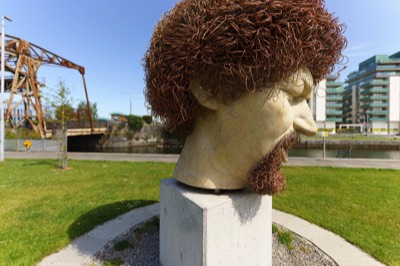
LUKE KELLY
-
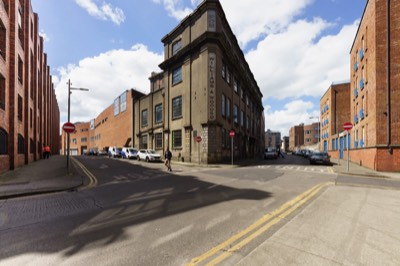
WILLIAMS & WOODS
-
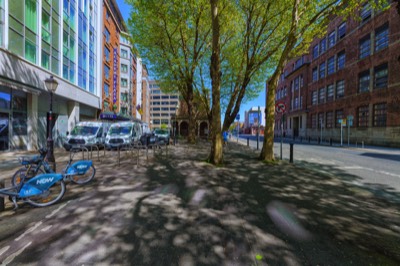
CHURCH FINDLATER PLACE
-
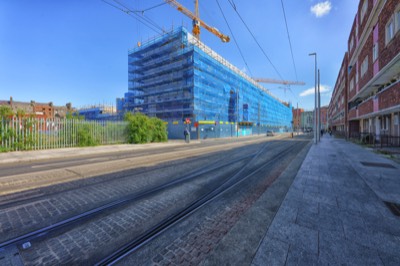
DOMINICK TRAM STOP
-
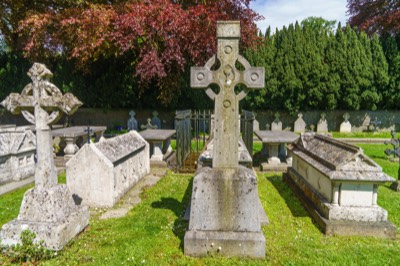
MAYNOOTH CEMETERY
-
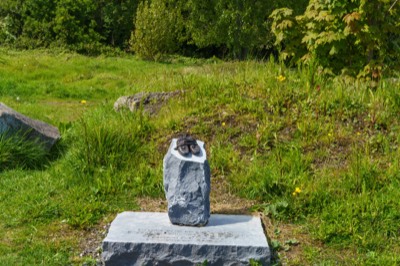
FAMINE WAY
-
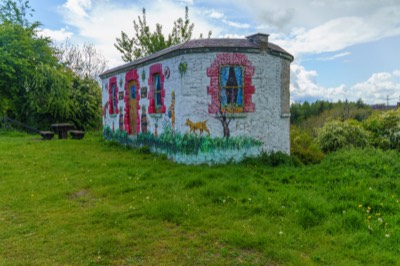
COLLECTOR'S HOUSE
-

WATERFALL IN LEIXLIP
-
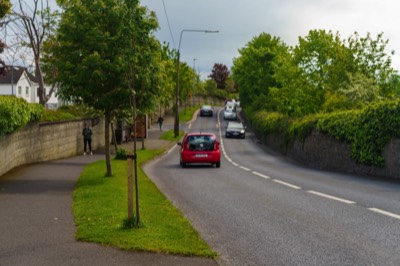
CAPTAIN'S HILL
-
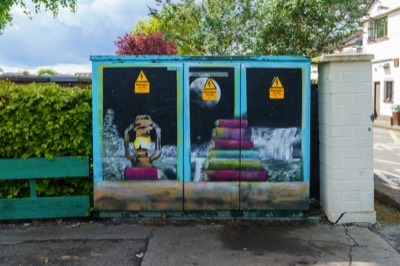
PAINT-A-BOX LEIXLIP
-

JIM FLAVIN
-

ST CATHERINE'S GRAVEYARD
-
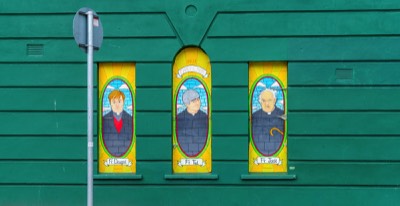
TED AND FRIENDS
-

NEWMARKET AREA
-
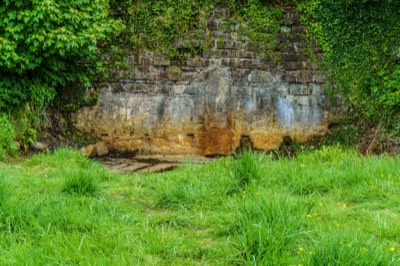
SPA SPRING
-
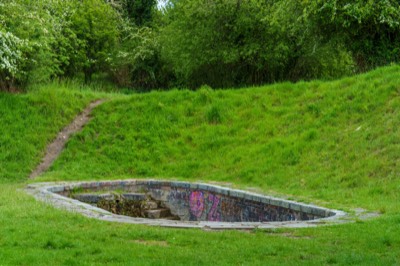
ROMANESQUE BATH
-
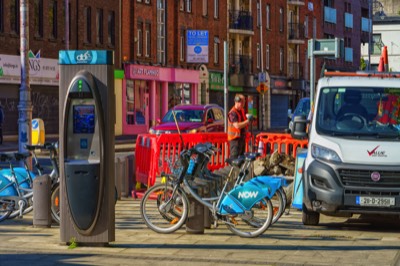
REMOVED
-

COOLMINE RAILWAY STATION
-

CANAL BANK
-
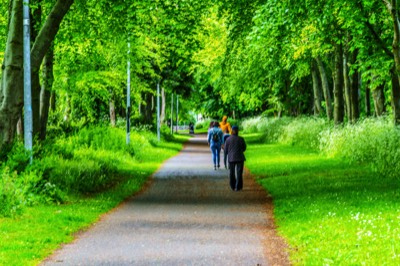
CLONSISSA ROAD
-

COOLMINE ROAD
-
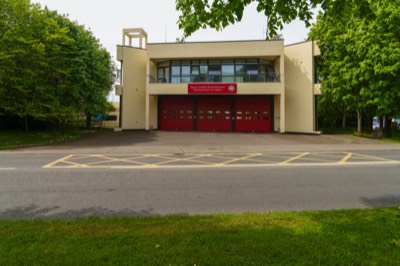
FIRE STATION 9
-
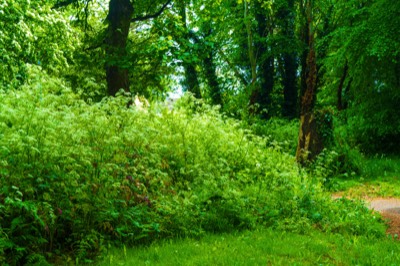
COOLMINE WOODS
-
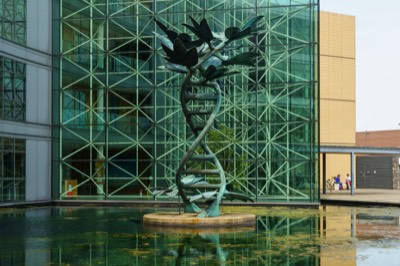
TREE OF LIFE
-
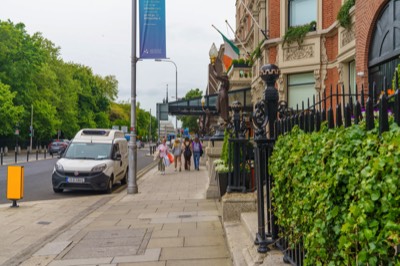
SHELBOURNE
-
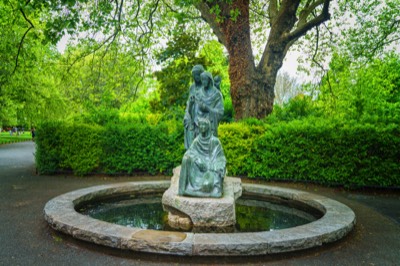
THREE FATES
-
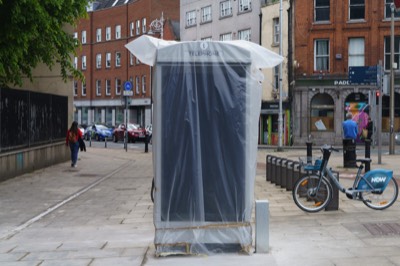
TO BE UNWRAPPED
-
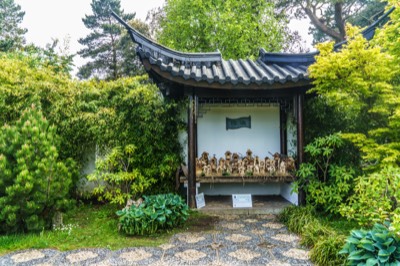
CHINESE GARDEN
-
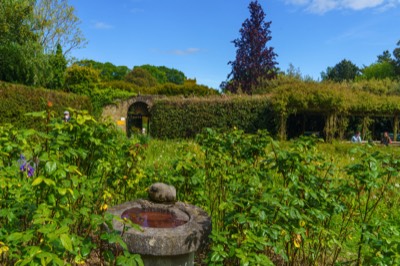
WALLED GARDEN
-
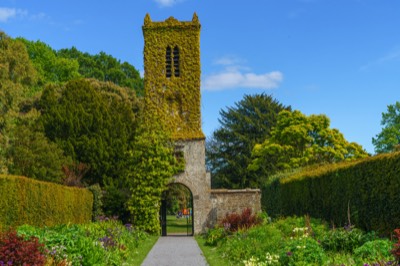
CLOCK TOWER
-
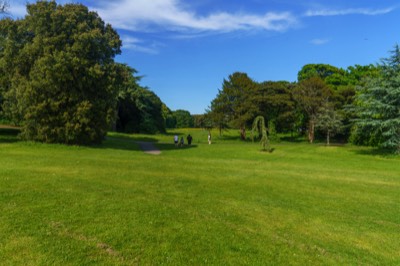
WILD MEADOWS
-
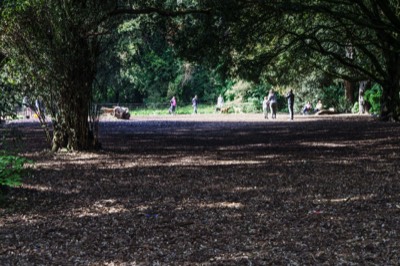
DOG PARK
-
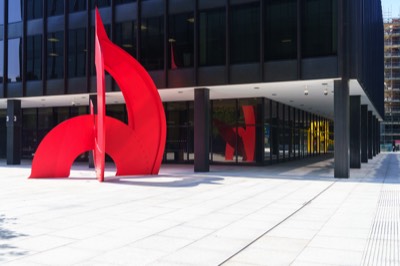
RED SCULPTURE
-
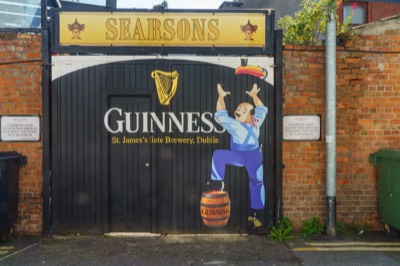
SEARSONS PUB
-
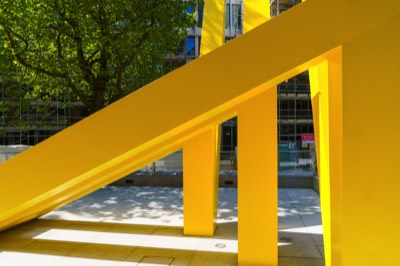
YELLOW METAL
-
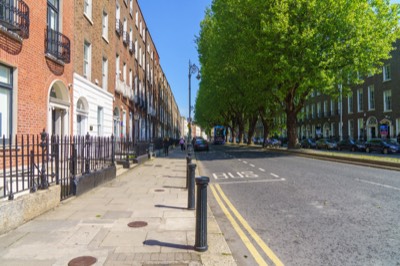
LOWER BAGGOT STREET
-
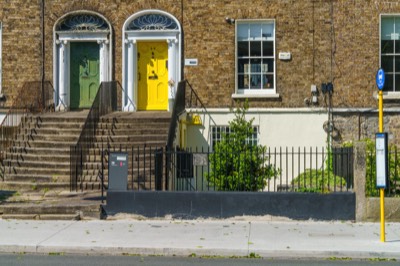
PEMBROKE ROAD
-
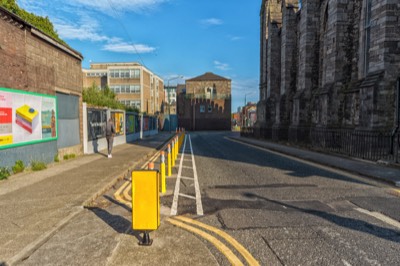
PENCIL BOLLARDS
-
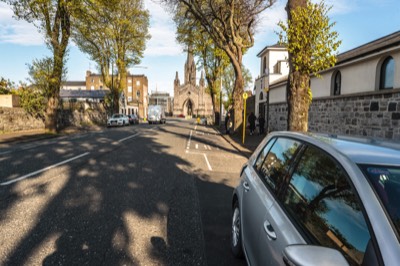
BLACK CHURCH
-
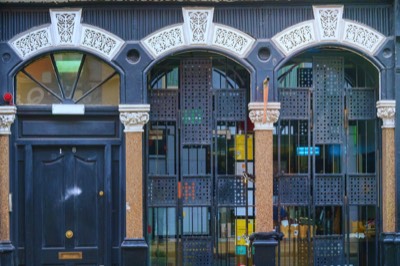
SOUP DRAGON
-
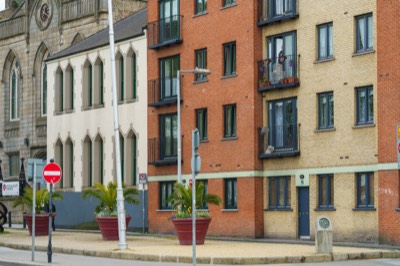
ESSEX QUAY
-

-
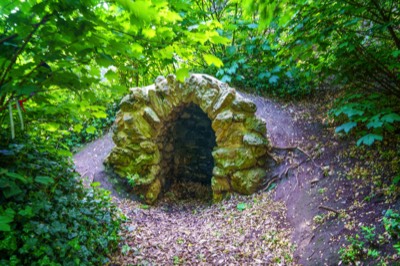
HOLY WELL
-

ROMAN TOWER
-
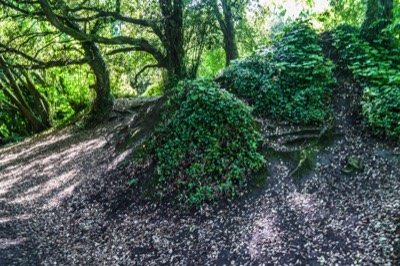
WOODLANDS
-

ST ANNES PARK
-

FOLLIES
-
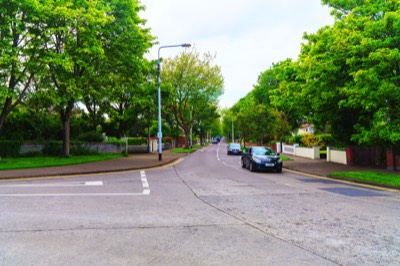
MOUNT PROSPECT AVE
-
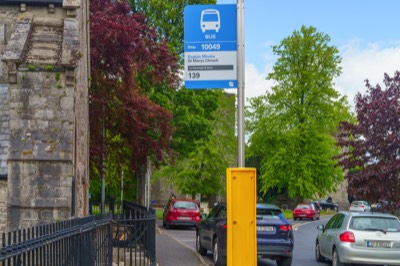
BUS STOP 10049
-
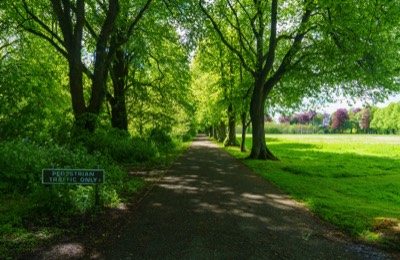
OLD CAMPUS
Sony SEL90M28G FE 90mm f/2.8-22 Macro G
MY FAVOURITE LENS
A perfect match for α7 series, 35mm full-frame E-mount cameras, 90mm Macro with a bright F2.8 maximum aperture, Nano AR coating effectively suppress reflections, Dust and moisture resistant design
I REALLY LIKE THIS LENS
COPYRIGHT INFORMATION BELOW APPLIES ONLY TO PHOTOGRAPHS

This work by William Murphy aka Infomatique is licensed under a Creative Commons Attribution-NonCommercial-ShareAlike 4.0 International License.
Permissions beyond the scope of this license may be available at https://excellentstreetimages.com/in-the-year-twentytwenty/copyright/.

















































































































